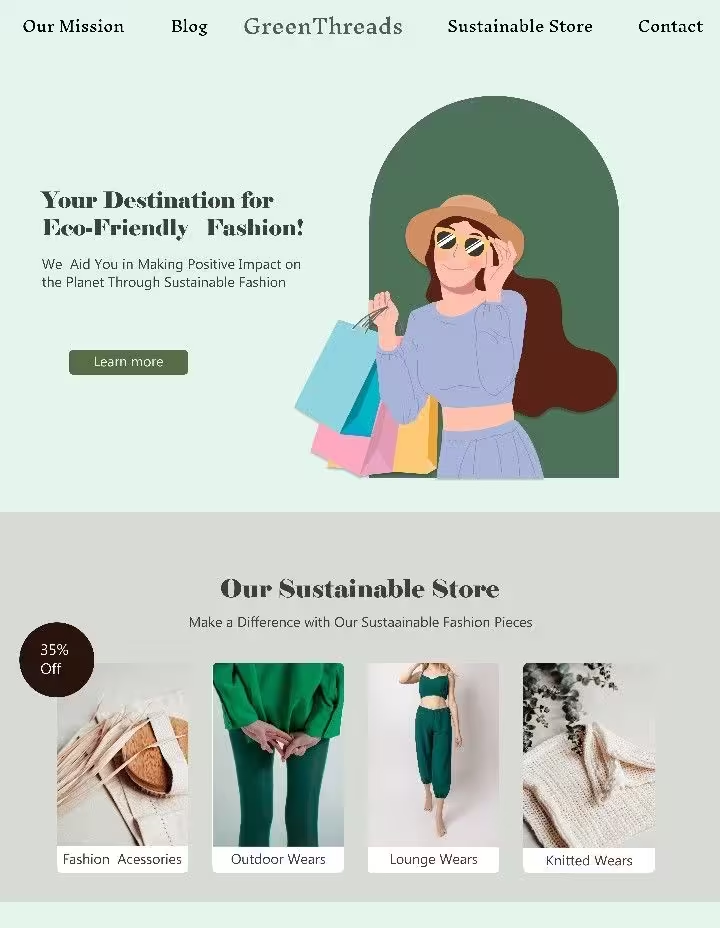In an era of heightened environmental consciousness, retailers and brands are embedding sustainability into their customer journeys. This shift meets the rising demands of an eco-friendly mindset of consumers while also boosting their profitability.
By prioritizing eco-friendly practices, they enhance both customer satisfaction and their bottom line.

4 Top Practices for Sustainable UX – Eco-friendly Online Shopping
Here are four top practices showing how innovative retailers are integrating environmental sustainability into various stages of the online shopping journey:
1. Help users make eco-friendly choices during their search phase
Top brands and retailers are helping customers make eco-friendly choices by adding sustainability filters to their websites. These filters let shoppers easily refine their search based on criteria like materials, certifications, or energy efficiency, so they can choose products that match their environmental values.
For example, European fashion platform Zalando allows users to filter searches based on various sustainability criteria, such as organic or responsibly sourced materials, making it easier for customers to find products that align with their values.

2. Offer clear and transparent product information during the decision-making phase.
Brands and retailers committed to sustainability offer clear and accessible information about the environmental impact of their products, including details on materials and suppliers. They build trust by highlighting eco-labels and certifications, such as Fair Trade or Cradle to Cradle Certified.
For instance, global sports retailer Decathlon provides detailed information on each product page of its French website about the product’s environmental impact, including its equivalent in car mileage. They also encourage users to explore more about carbon footprints through additional links.
3. Offer sustainable options during the purchase phase
Forward-thinking retailers and brands are adopting innovative shipping options, such as consolidated or carbon-neutral deliveries, to reduce transportation’s ecological footprint. They communicate these efforts clearly on their websites and during checkout, offering insights into carbon emissions and offsetting measures, which helps customers make environmentally conscious decisions.
For example, international outdoor brand The North Face offers customers the choice between standard delivery and collection point delivery, highlighting which option has a lower carbon impact. This approach educates customers about the environmental effects of their shipping choices and encourages them to select more sustainable options.
4. Create initiatives to promote circular economy and bring back customers
Leading retailers and brands are adopting circular economy principles through initiatives like take-back programs, product refurbishment, and recycling incentives. They encourage customers to return old items for repurposing, helping to reduce waste and extend product lifespans.
For example, outdoor retailer REI offers a trade-in program where customers can exchange unwanted gear for a gift card. REI then inspects and resells these returned items on their website, allowing eco-conscious and budget-friendly shoppers to buy pre-used products at discounted prices.
Conclusion
Integrating sustainability into the online shopping journey meets the growing demand for eco-friendly practices and benefits retailers by enhancing customer satisfaction and boosting profitability. By implementing these four top practices—helping users make eco-friendly choices, offering transparent product information, providing sustainable shipping options, and promoting a circular economy—brands can effectively align with consumer values and foster a more sustainable future.




